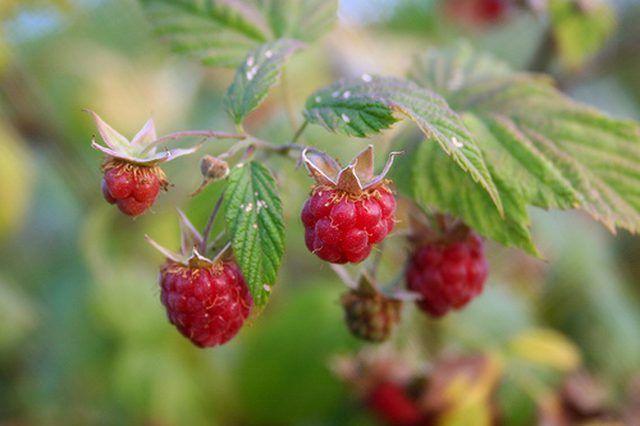Bulbs
Flower Basics
Flower Beds & Specialty Gardens
Flower Garden
Garden Furniture
Garden Gnomes
Garden Seeds
Garden Sheds
Garden Statues
Garden Tools & Supplies
Gardening Basics
Green & Organic
Groundcovers & Vines
Growing Annuals
Growing Basil
Growing Beans
Growing Berries
Growing Blueberries
Growing Cactus
Growing Corn
Growing Cotton
Growing Edibles
Growing Flowers
Growing Garlic
Growing Grapes
Growing Grass
Growing Herbs
Growing Jasmine
Growing Mint
Growing Mushrooms
Orchids
Growing Peanuts
Growing Perennials
Growing Plants
Growing Rosemary
Growing Roses
Growing Strawberries
Growing Sunflowers
Growing Thyme
Growing Tomatoes
Growing Tulips
Growing Vegetables
Herb Basics
Herb Garden
Indoor Growing
Landscaping Basics
Landscaping Patios
Landscaping Plants
Landscaping Shrubs
Landscaping Trees
Landscaping Walks & Pathways
Lawn Basics
Lawn Maintenance
Lawn Mowers
Lawn Ornaments
Lawn Planting
Lawn Tools
Outdoor Growing
Overall Landscape Planning
Pests, Weeds & Problems
Plant Basics
Rock Garden
Rose Garden
Shrubs
Soil
Specialty Gardens
Trees
Vegetable Garden
Yard Maintenance
How to Identify Wild Raspberry Plants
How to Identify Wild Raspberry Plants. Wild raspberry plants are very different from their cultivated counterparts. This may make their identification a little more difficult if you're only familiar with cultivated raspberry plants and their fruit. Wild raspberries can be found in a variety of colors including white, yellow, red, purple and black....

Wild raspberry plants are very different from their cultivated counterparts. This may make their identification a little more difficult if you're only familiar with cultivated raspberry plants and their fruit. Wild raspberries can be found in a variety of colors including white, yellow, red, purple and black. As long as they haven't been sprayed with herbicide, the berries are perfectly safe to eat and contain vitamin C and potassium.
Look for the cane of the plant. Raspberries grow on canes that bend over and root into the ground, sprouting a new plant. Black raspberry canes are purple; the canes of red raspberries are a lighter, cinnamon color.
Look at the leaves and flowers. The leaves of the wild raspberry plant are pointed and toothed along the sides. They may be hairy on the top. Look at the flowers. This plant blooms in late spring. If the plant is in bloom, it will have small white flowers.
Identify the fruit. A raspberry is small and round, made of many smaller drupelets. Tiny hairs will be present over the surface of the fruit. The color may vary drastically depending on the plant, but the drupelets are a good giveaway.